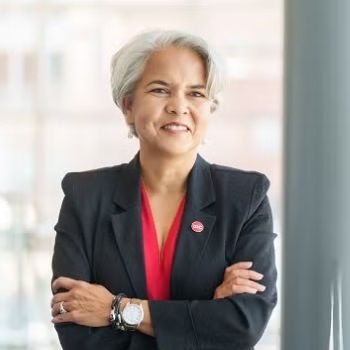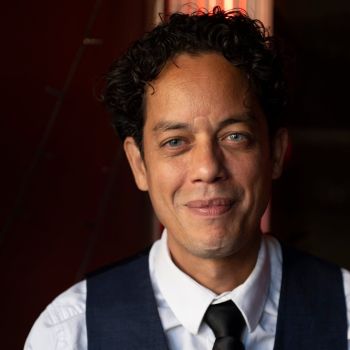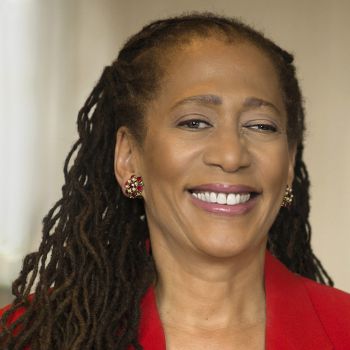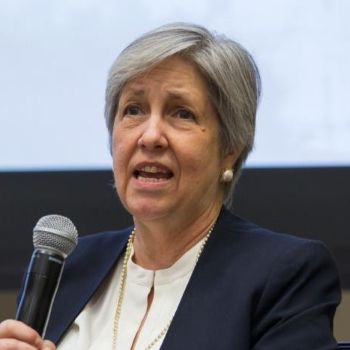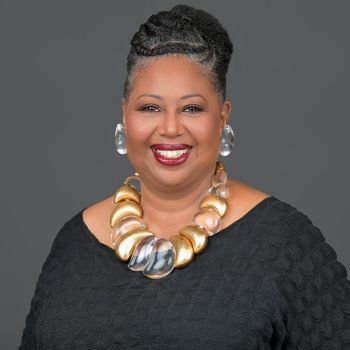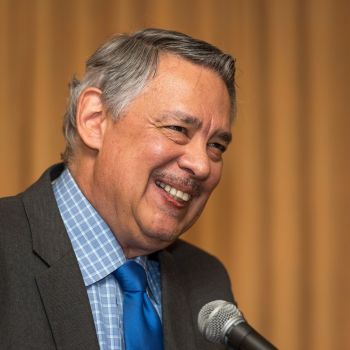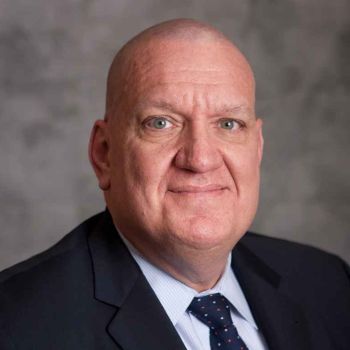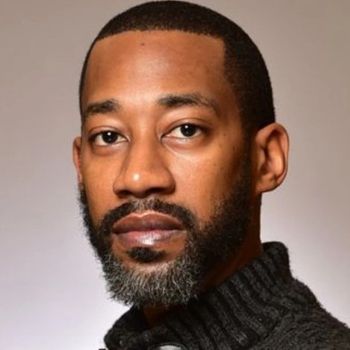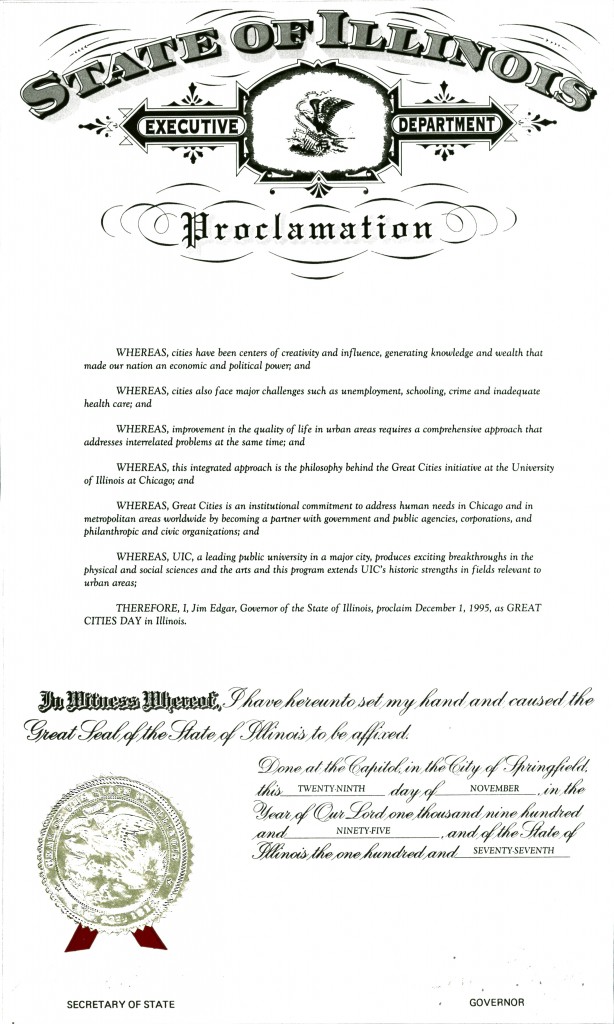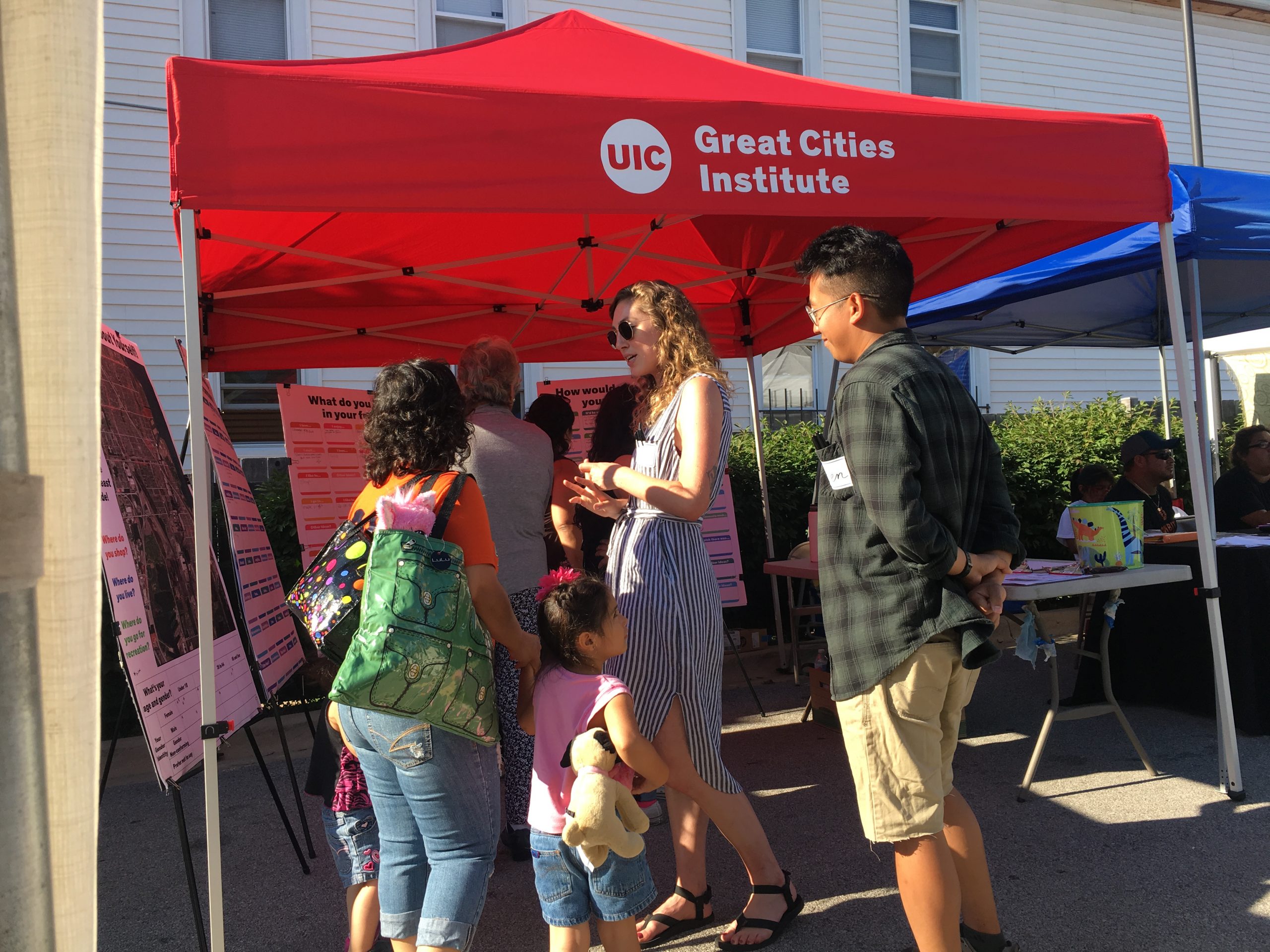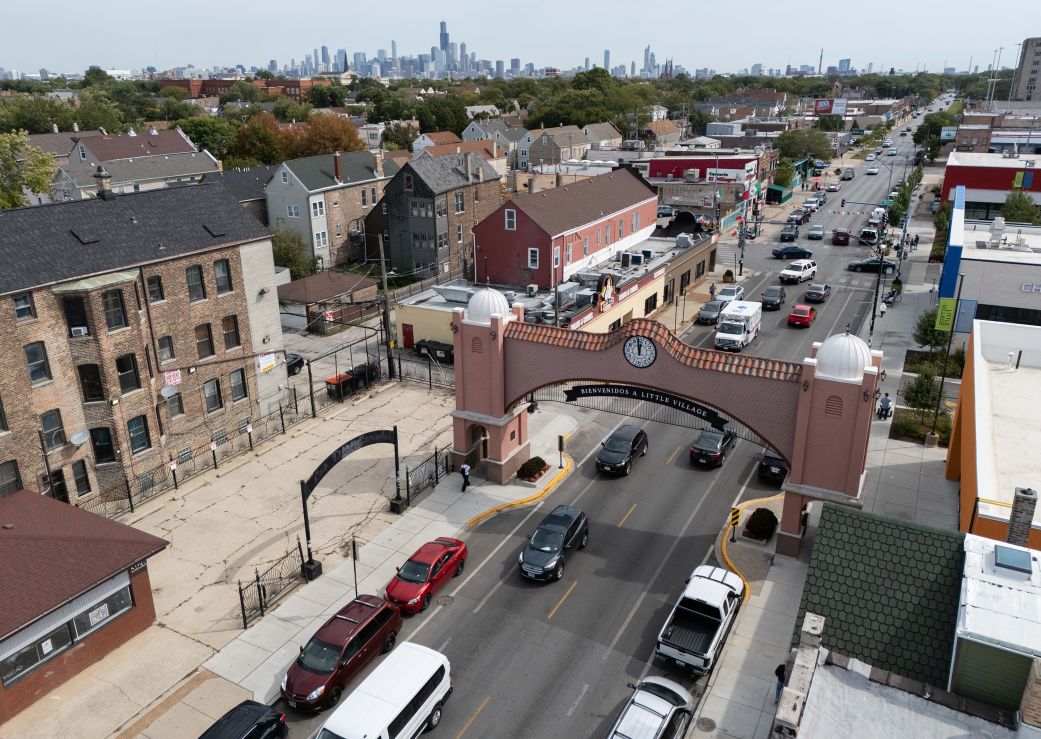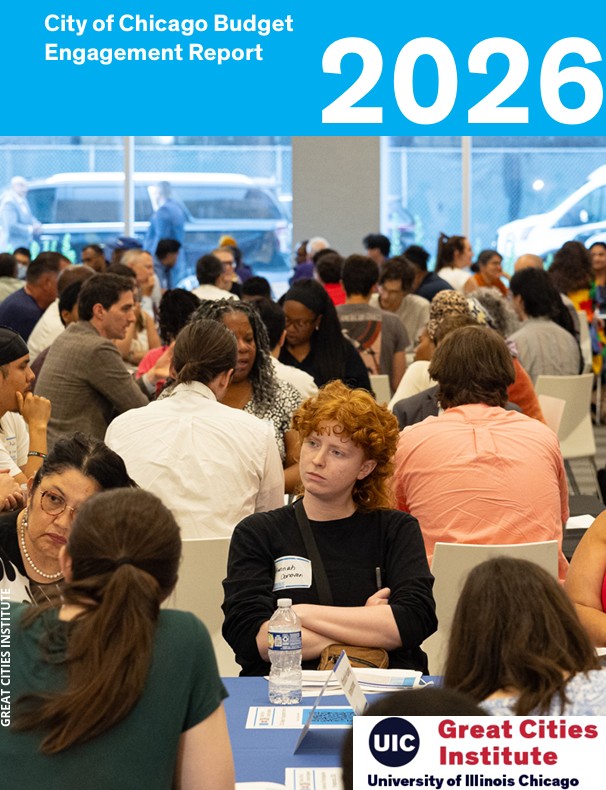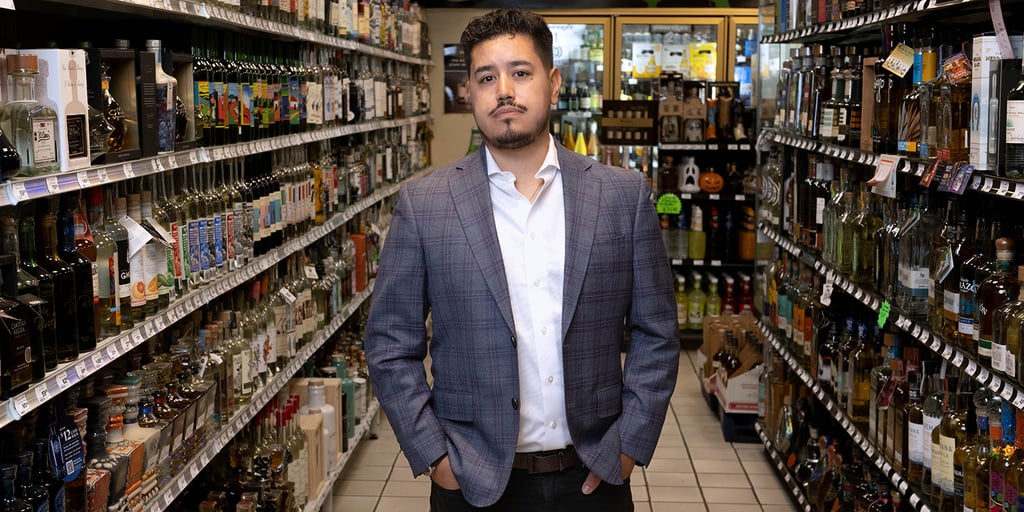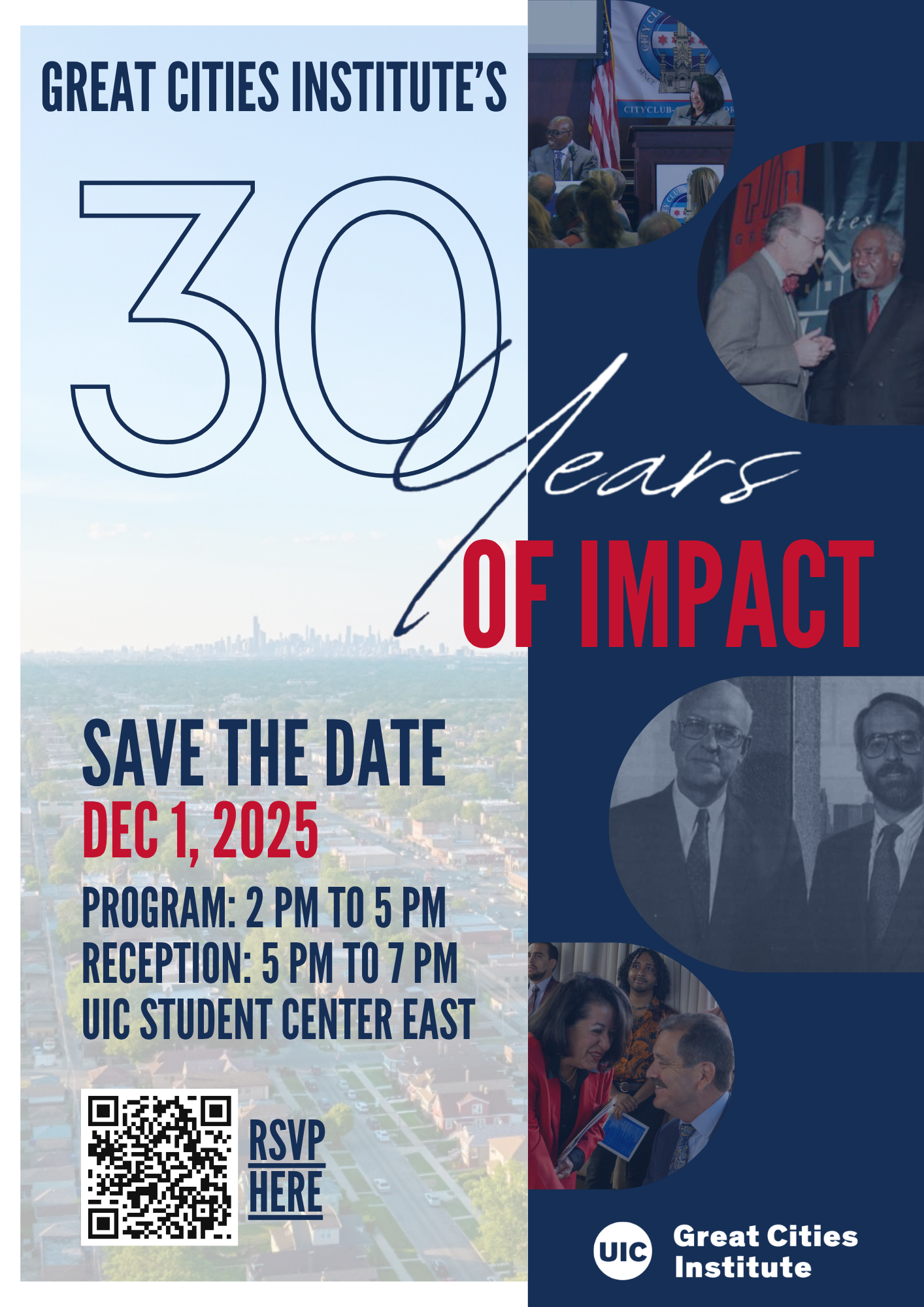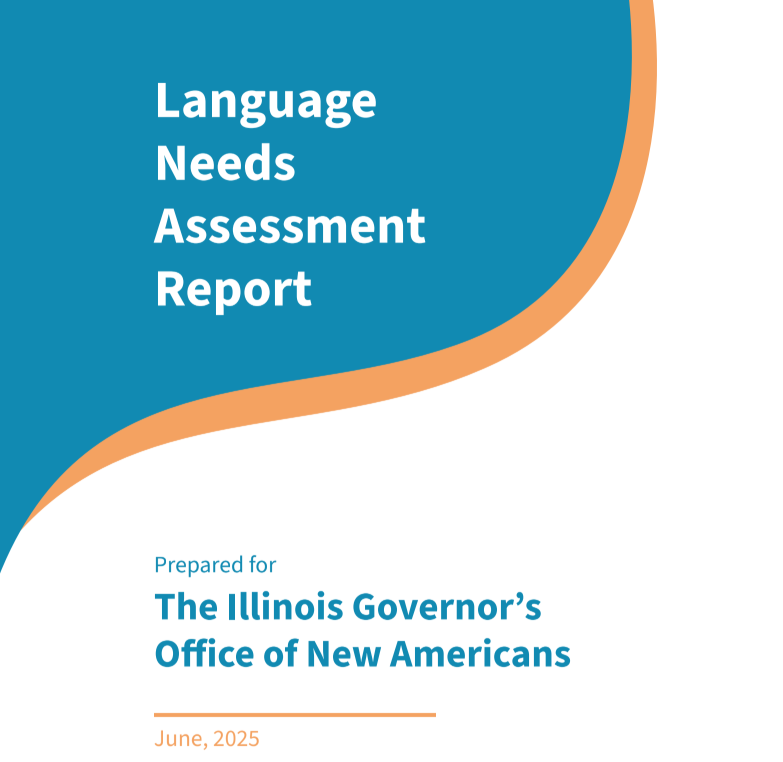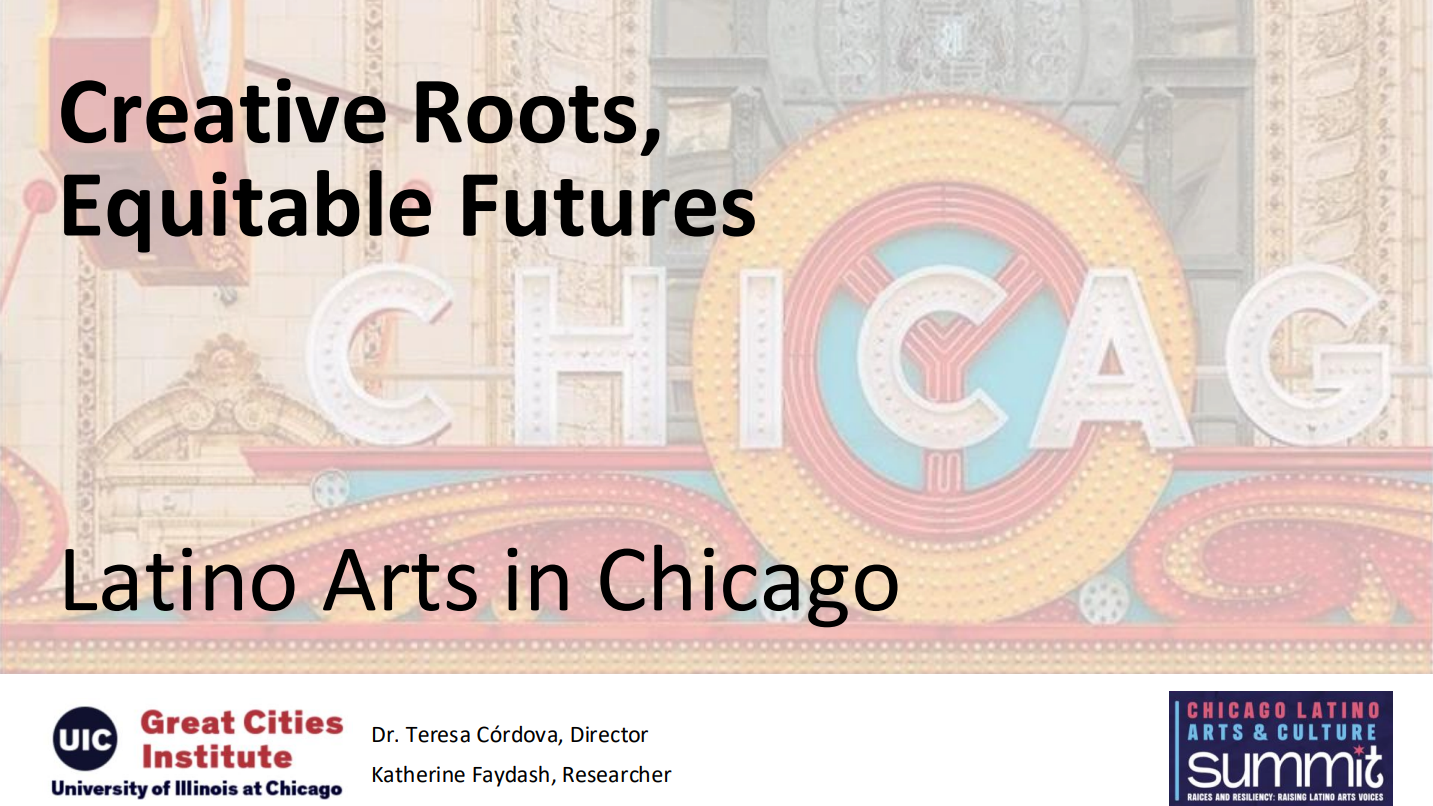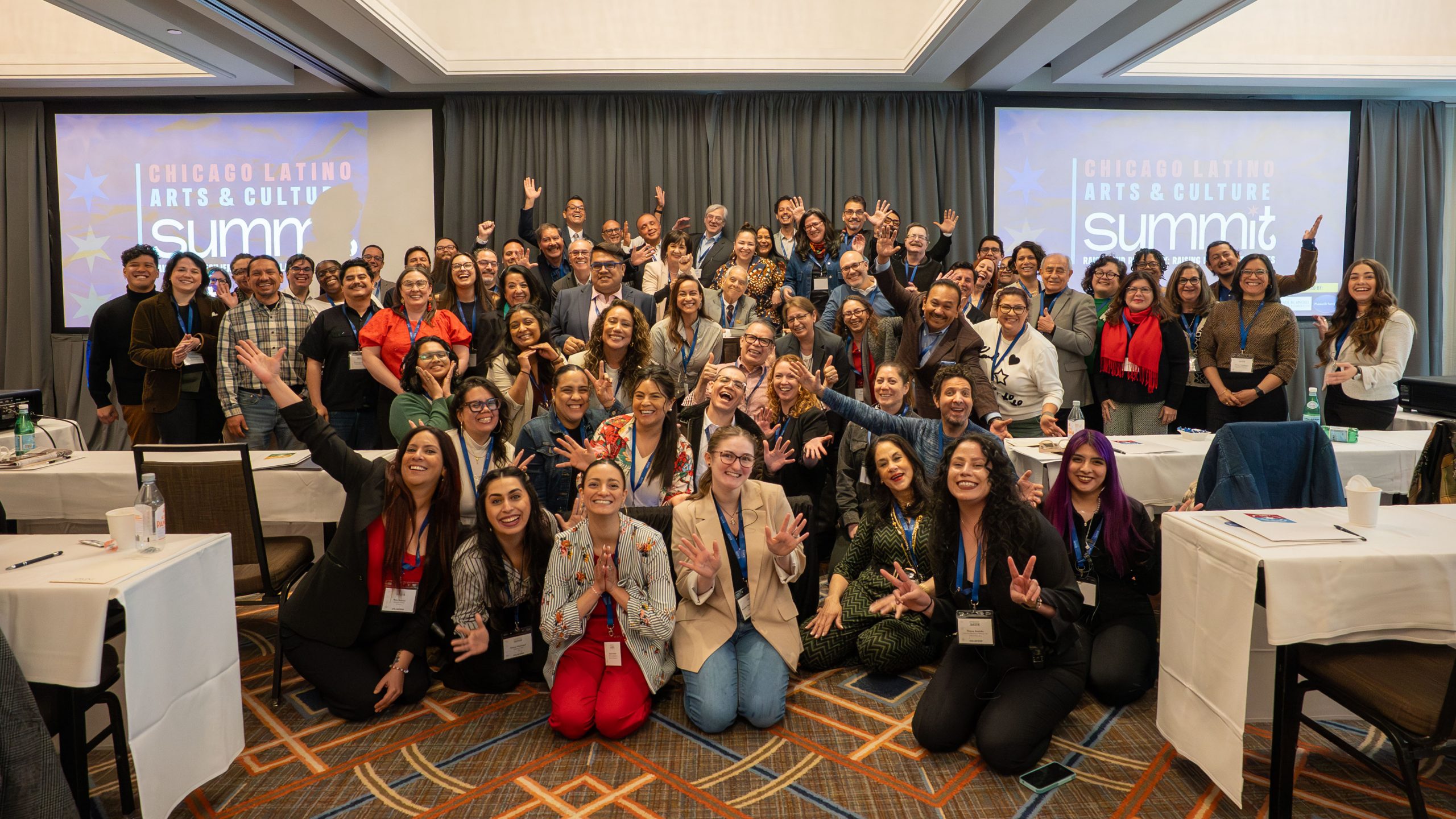On December 1, 2025, we will commemorate the Great Cities Institute (GCI)’s 30 Years of Impact, marking three decades of commitment to urban research, policy, and community engagement. This milestone offers an opportunity to reflect on the vision that led to the founding of GCI and to honor the ongoing work that continues to shape cities and communities.
In 1995, the Great Cities Institute was established as part of UIC’s Great Cities Initiative, a bold commitment to addressing urban challenges through research, collaboration, and public engagement. That same year, then-Governor Jim Edgar proclaimed December 1 as Great Cities Day in Illinois, recognizing the role of cities as centers of knowledge, creativity, and economic growth while also acknowledging the complex challenges they face, from housing and employment to education and public health. The resolution emphasized the need for comprehensive and integrated approaches to improving urban life—values that have remained at the core of GCI’s mission.
Over the past 30 years, GCI has been a driving force in advancing urban policy and fostering partnerships between academia, government, businesses, and community organizations. Through research, convenings, and direct engagement, GCI has worked to address critical issues in Chicago and beyond, reinforcing UIC’s role as a university that is deeply connected to its urban environment.
As we mark this important milestone, we will reflect on the legacy of the Great Cities concept and look ahead to community-centered research to help address pressing issues facing cities. We hope you will join us on December 1, 2025, to commemorate this momentous occasion and the impact of the Great Cities Institute over the past three decades.
More details on the event are provided below. Stay tuned for updates!
We would also like to invite you to make a gift today to GCI (click here or the image below) to help advance urban research and community partnerships that build more just, vibrant, and resilient cities. Your generosity will help fuel the next 30 years of impact.
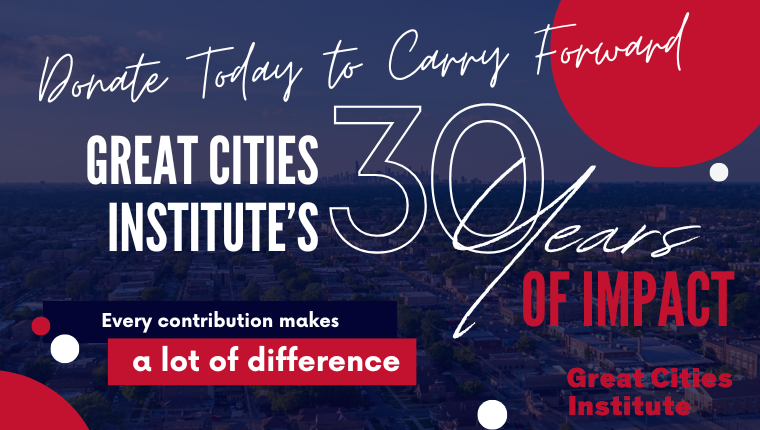
Please click here to RSVP. To download flyer, please click here.
Event Details:
Date: Monday, December 1st, 2025
Program Time: 2 PM to 5 PM
Reception Time: 5 PM to 7 PM
Location: UIC Student Center East (750 S. Halsted St)
Program Agenda:
1. Opening
• Welcome by Teresa Córdova, Director, Great Cities Institute and Professor of Urban Planning and Policy
• Opening Comments by Wim Wiewel, First Director of the Great Cities Institute; former President of Portland State University and Lewis and Clark University
2. Video Presentation: The Great Cities Institute: 30 Years of Impact
3. Reflections: 30 Years of Issues and Impact
• Teresa Córdova, Director, Great Cities Institute
4. Spoken Word Performance
• Flaco Navaja, Singer, Poet, Actor
5. Panel Discussion: Cities, Democracy, and the Work Ahead
As we look toward the future, this panel discussion will explore how cities like Chicago can lead in defining the next era of equity, democracy, and community life. The conversation will be highly relevant given that Chicago is ground zero for how our values regarding multi-racial democracy and living together in urban communities are being contested. Chicago has been a historic city in the labor movement, the civil rights movement, multi-racial and multi-ethnic movements in the arts and culture, community development, and urban innovation—and so much more. Chicago is a testing ground for how we get through our current test of democracy and community.
Moderator:
• Laura Washington, Contributing Columnist and Political Analyst, Chicago Tribune and ABC-7 Chicago
Panelists:
• Kari Moe, Former Chief of Staff and Deputy Commissioner for Economic Development, Mayor Harold Washington’s Administration
• David Doig, President, Chicago Neighborhood Initiatives
• Juan Salgado, Chancellor, City Colleges of Chicago; President of the Board, MacArthur Foundation
• Ric Estrada, President and CEO, Metropolitan Family Services
• Grace Chan McKibben, Executive Director, Coalition for a Better Chinese American Community
• Brenda M. Palms, President and CEO of North Lawndale Employment Network; Founder of Sweet Beginnings LLC
• Juan González, Senior Fellow, Great Cities Institute; Co-Host, Democracy Now!
• Reverend Jamar A. Boyd, II, Pastor, Kenwood United Church of Christ; Associate, Office of the President at the MacArthur Foundation
• Ed Yohnka, Director of Communications and Public Policy, American Civil Liberties Union (ACLU) of Illinois
6. Inspirational Reflection
• Reverend Damien C. Durr, Chief Operations Officer, Samuel DeWitt Proctor Conference
7. The Great Cities Commitment and the Engaged University
• Chancellor Marie Lynn Miranda, University of Illinois Chicago
8. Reception
• Music by Flaco Navaja and the Razor Blades
Featured Speaker Biographies:
Marie Lynn Miranda became the 10th Chancellor of the University of Illinois Chicago in July 2023. A nationally recognized leader in higher education and geospatial health informatics, she also serves as a faculty member in the Departments of Pediatrics and Mathematics, Statistics, and Computer Science. As Chancellor, Miranda champions equity and excellence at scale, introducing five strategic priorities to strengthen student success, expand UIC’s research profile, advance health and educational equity, foster external partnerships, and elevate UIC as a destination for top faculty and staff. Miranda is also director of the Children’s Environmental Health Initiative, known for groundbreaking work on childhood lead exposure and, more recently, research on racial residential segregation and its effects on health and education disparities. She is active in civic life through the Chicagoland Chamber of Commerce, the Economic Club of Chicago, and The Chicago Network, and she serves on several national boards including the Doris Duke Foundation and the Environmental Defense Fund. Before joining UIC, Miranda held leadership roles at Notre Dame, Rice University, the University of Michigan, and Duke University. A Phi Beta Kappa graduate of Duke, she earned her Ph.D. and master’s degrees from Harvard University and is a fellow of the American Association for the Advancement of Science.
Dr. Wim Wiewel is an academic leader, urban planning expert, and advocate for community engagement. He served as President of Lewis and Clark College in Portland, Oregon from 2017 until his retirement in 2022. During these years the endowment doubled in value, and enrollment reached an all-time high. He served as the President of Portland State University from 2008 to 2017, where he spearheaded initiatives to strengthen civic partnerships, enhance student success, and elevate PSU’s global presence. Before that, he was the provost at the University of Baltimore, and was at UIC from 1979 until 2004, serving in successive roles as director of the Center for Urban Economic Development, Special Assistant to the Chancellor for Great Cities, director of the Great Cities Institute, and dean of the College of Urban Planning and Public Affairs and the School of Business Administration. Beyond academia, Wiewel has been deeply involved in the civic and cultural landscape of the cities where he has lived, as well as national academic, environmental, and urban development organizations. Wiewel is the author or editor of eleven books and over 70 academic articles and chapters. He holds degrees in sociology and urban planning from the University of Amsterdam and earned his Ph.D. in sociology from Northwestern University.
Flaco Navaja
A Bronx-born singer, poet, and actor, Flaco Navaja brings spoken word, music, and performance together to tell stories of resilience and community. Known for his dynamic stage presence, he blends salsa, soul, and hip-hop in both his poetry and musical performances.
Dr. Teresa Córdova serves as Director of the Great Cities Institute (GCI) and Professor of Urban Planning and Policy at the University of Illinois Chicago. A community-based planner, political economist, and applied theorist, she integrates research, teaching, and public service to advance equitable community and economic development. Her work addresses the impacts of global economic restructuring on local communities, focusing on chronic youth joblessness, rebuilding the manufacturing sector, and promoting investment without displacement in disinvested neighborhoods. An expert in community–university partnerships and engaged research, she is widely recognized for connecting academic research to real-world challenges. Her leadership and advisory roles include Chair of the Chicago Plan Commission (2019–2022), service on Cook County’s Economic Development Advisory Committee, and board memberships with the Grand Victoria Foundation and Chicago Community Trust’s We Rise Together initiative. She frequently keynotes at conferences and community forums on a range of community and economic development issues. She earned her Ph.D. in Sociology from the University of California, Berkeley, and continues to publish and speak widely on the intersections of urban development, economic equity, building community, and Chicano and Latino Studies.
Laura Washington
Laura S. Washington is a contributing columnist for the Chicago Tribune and political analyst at ABC-7 Chicago. A veteran journalist and nonprofit leader, she brings more than two decades of award-winning experience covering politics, race, and social justice. She previously served as editor and publisher of The Chicago Reporter, as the Ida B. Wells-Barnett University Professor at DePaul University, and as deputy press secretary to Mayor Harold Washington. Her work has been recognized with dozens of awards, including Chicago Emmys, the Studs Terkel Award for Community Journalism, and induction into both the Medill School of Journalism Hall of Achievement and the Chicago Women’s Journalism Hall of Fame. Washington earned her bachelor’s and master’s degrees in journalism from Northwestern University’s Medill School, where she has also taught and lectured. She is frequently featured in national media and is a sought-after moderator and speaker on politics and race.
Kari Moe
Dr. Kari Moe is a public servant and educator whose career spans more than four decades in senior government leadership and leadership development. She played key roles for Mayor Harold Washington, U.S. Senator Paul Wellstone, Congressman Keith Ellison (now Attorney General of Minnesota), and Congressman Jesus “Chuy” Garcia, serving in positions such as Deputy Commissioner for Economic Development, Deputy Mayor for Community Services, and Chief of Staff. Earlier in her career, she worked as a teacher and social worker with community-based organizations serving low-income youth in Chicago. From 2000 to 2006, Moe directed leadership training at the George Washington University’s Center for Excellence in Public Leadership, where she designed and taught courses in policy analysis, strategic planning, and leadership for change. She continues to train federal managers in congressional relations and has been a featured speaker at leading universities and institutes across the country. Moe is also a committed mentor, having coached dozens of young public servants who now lead organizations nationwide. She is a certified leadership coach and is focused on helping to raise a new generation of public leaders.
David Doig
David Doig is President of Chicago Neighborhood Initiatives (CNI) and brings more than 30 years of experience in community development, real estate, finance, and government. At CNI, he has led transformative projects that spur investment and job creation in Chicago’s neighborhoods. Previously, Doig served in Mayor Richard M. Daley’s administration, including as General Superintendent and CEO of the Chicago Park District, where he managed a $350 million budget and 3,000 employees, and as First Deputy in the Department of Planning and Development. He began his career in the City’s Department of Housing, gaining a deep understanding of urban development from the ground up. Through decades of public service and nonprofit leadership, Doig has become a recognized expert on how cities and neighborhoods thrive.
Juan Salgado
Juan Salgado is Chancellor of City Colleges of Chicago, where he oversees a system of seven colleges serving more than 80,000 students. For over two decades, his career has focused on expanding education and economic opportunity for low-income communities and immigrants. From 2001 to 2017, Salgado led Instituto del Progreso Latino, advancing programs in education, citizenship, and workforce development that empowered Chicago’s Southwest Side residents to achieve lasting stability. His leadership has been nationally recognized, including being named a 2015 MacArthur Fellow. A community college graduate himself, Salgado earned an associate’s degree from Moraine Valley Community College, a bachelor’s from Illinois Wesleyan University, and a master’s in urban planning from the University of Illinois at Urbana-Champaign.
Ric Estrada
Ric Estrada is President and CEO of Metropolitan Family Services, one of Illinois’ largest and most respected human services organizations. With more than 30 years of leadership in social services, he has guided Metropolitan through remarkable growth—quadrupling its revenue and expanding programs that empower families across the region. Before joining Metropolitan, Estrada served as First Deputy Commissioner of Chicago’s Department of Family and Support Services and as Executive Director of Erie Neighborhood House. He serves on the boards of ComEd, Metra, the Grand Victoria Foundation, and the National Museum of Mexican Art. A Marshall Memorial Fellow and Leadership Greater Chicago Distinguished Fellow, Estrada holds degrees from Loyola University Chicago, the University of Chicago, and the University of Illinois Chicago.
Grace Chan McKibben
Grace Chan McKibben is Executive Director of the Coalition for a Better Chinese American Community, where she leads efforts in civic education, community planning, and leadership development in Chicago’s Chinatown and surrounding neighborhoods. She has also held senior positions across higher education, government, financial services, consulting, and social services. Chan McKibben’s work in equity and inclusion has earned numerous honors, including the University of Chicago’s Alumni Diversity Award and the Mayor of Chicago’s Medal of Honor. In 2025, she was named one of Crain’s Chicago Business Notable Leaders in Philanthropy. She holds an MBA from Keller Graduate School of Management, an MA and BA from the University of Chicago, and is currently a PhD candidate at Adler University.
Brenda M. Palms
Brenda M. Palms, a confident and passionate social entrepreneur, has served as President and CEO of the North Lawndale Employment Network (NLEN) since its founding in 1999. In 2004, she launched Sweet Beginnings, LLC, a wholly owned subsidiary that harnesses the power of honeybees to transform lives and communities. Through her innovative approach, Brenda advances equity for people of color, particularly those returning from incarceration. Under her leadership, NLEN has grown from 2 to 55 employees, operates with an $8 million budget, and serves more than 1,200 people annually. Sweet Beginnings products are sold in over 43 Mariano’s stores, both O’Hare and Midway airports, and have received numerous awards, including one of the first Benefit Chicago social impact loans. NLEN and Sweet Beginnings have earned over 30 awards collectively, including recognition from the MacArthur Foundation, Bank of America, and Google. Brenda’s work has been featured on CNN, CBS Evening News, and in the Wall Street Journal. She holds a Master of Science in Nonprofit Management from the Spertus Institute in Chicago.
Juan González
Juan González is a Senior Research Fellow at the Great Cities Institute and one of the most acclaimed Latino journalists in the United States. For nearly 30 years he was a columnist at The Daily News in New York, and since 1996 he has co-hosted the independent news program Democracy Now!. He also served as the Richard D. Heffner Professor of Communications and Public Policy at Rutgers University from 2017 to 2023. González’s investigative reporting on labor, race, and urban policy has earned him two George Polk Awards, and in 2015 he became the first Latino inducted into the New York Journalism Hall of Fame. He is the author of five books, including the classic Harvest of Empire, now in its third edition and adapted into an award-winning documentary, and News for All the People, a New York Times bestseller and Robert F. Kennedy Book Award finalist. Born in Puerto Rico and raised in New York’s East Harlem, González earned his B.A. from Columbia University and has long been a national voice on equity, justice, and Latino history.
Reverend Jamar A. Boyd, II
Rev. Jamar A. Boyd, II is the 17th Pastor of Kenwood United Church of Christ in Chicago and serves concurrently as Associate in the Office of the President at the John D. and Catherine T. MacArthur Foundation. A faith leader, scholar, and advocate, Rev. Boyd’s work bridges theology, justice, and community transformation. He previously served as Senior Manager of Organizational Impact for the Samuel DeWitt Proctor Conference, where he guided strategies to engage African American clergy and emerging leaders in racial justice initiatives. His earlier experience includes roles as a Justice Reform Organizer and Economic Justice Organizer with the Virginia Interfaith Center for Public Policy. Rev. Boyd holds a B.S. in Sports Management and Business from Georgia Southern University and a Master of Divinity from The Samuel DeWitt Proctor School of Theology at Virginia Union University. A Fellow of both the GIFT Collaborative and the Aspen Institute’s Racial Justice and Religion Collective, he contributes to publications such as Faithfully Magazine, Sojourners, and Baptist News Global. He serves on the Board of Directors for the Oikos Institute for Social Impact and the Hyde Park & Kenwood Interfaith Council, and is co-editor of the forthcoming Complicit No More: Truth, Justice, and the Awakening of Black Faith Communities (Routledge Press).
Ed Yohnka
Ed Yohnka joined the ACLU of Illinois in June 1999 and currently serves as its Director of Communications and Public Policy. As the organization’s primary spokesperson, he represents the ACLU in television, radio, and print media across Illinois and nationally, providing insight on key legal and legislative issues central to the organization’s mission. His commentary and expertise are frequently featured in major news outlets, where he helps shape public understanding of civil rights and civil liberties. Before joining the ACLU, Yohnka spent over a decade with the American Bar Association, primarily as Special Presidential Assistant in the Office of the President, where he supported national initiatives related to the legal profession and public policy.
Reverend Damien C. Durr
Rev. Damien C. Durr is Chief Operating Officer and Organizational Strategist for the Samuel DeWitt Proctor Conference in Chicago. A native of Cleveland, he holds a B.A. from American Baptist College and an M.Div. from Vanderbilt University, where he was a Presidential Scholar and Kelly Miller Smith Fellow. Durr has worked across education, faith, and social justice sectors, including serving as a social and emotional specialist in Nashville Public Schools, a community engagement facilitator with the Children’s Defense Fund, and Executive Pastor of Community Development at Friendship-West Baptist Church in Dallas. He has also produced documentaries and programs addressing issues such as juvenile justice, the prison pipeline, and the role of the Black church and hip-hop culture. He is the founder of DCD Empowerment LLC and the Gus Newport Project, continuing his mission of advancing equity and community empowerment.
Please click here to RSVP. To download flyer, please click here.
